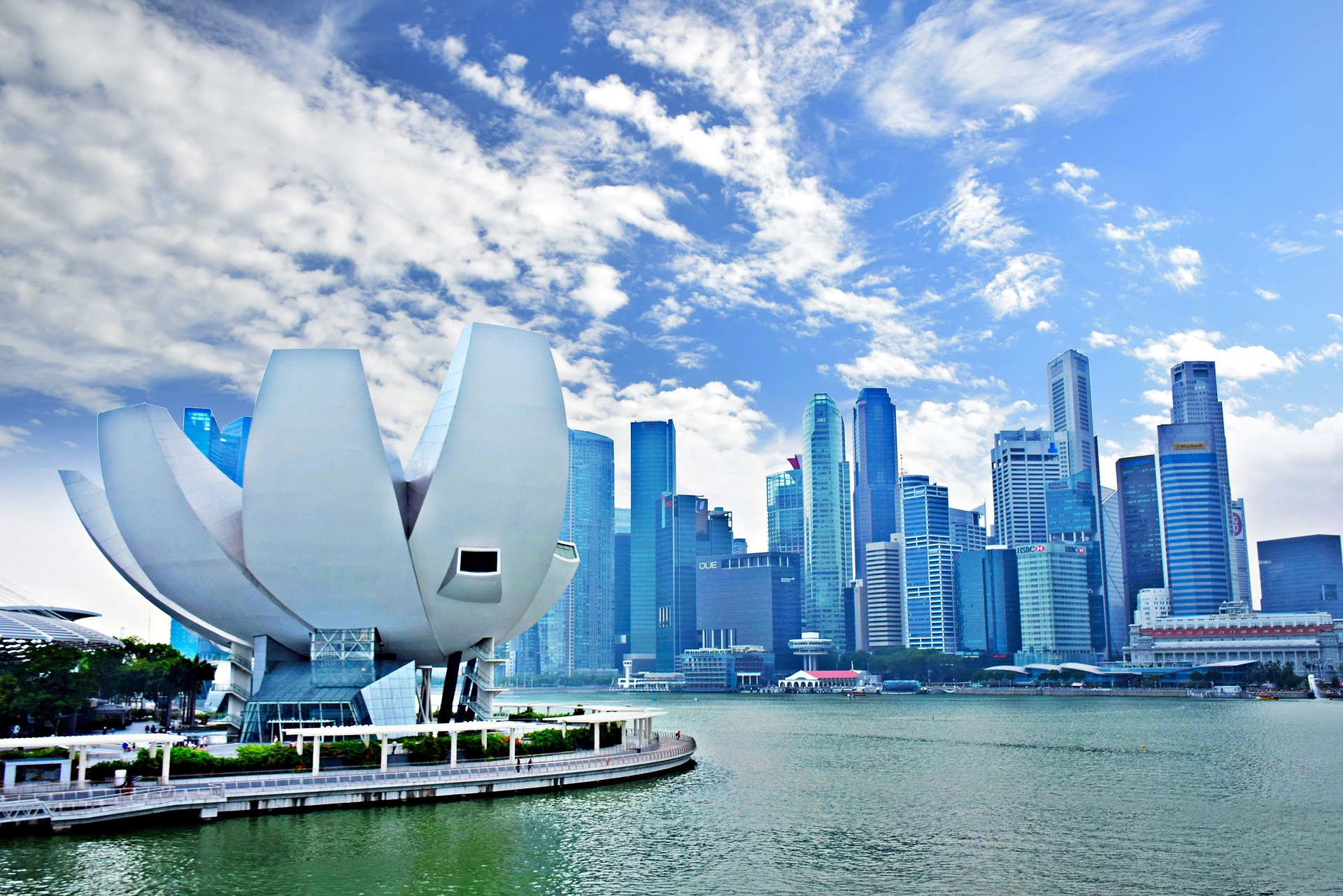We’re thrilled to announce that we now have obtained a license to distribute market knowledge for SGX commodities!
Origins of commodity buying and selling in Singapore
Singapore is a worldwide monetary heart, arguably a very powerful one in Asia following the decline of Hong Kong in recent times. Additionally it is a vital commodity hub. In truth, it was the cash from rubber commerce that financed the institution of native banks.
Singapore advantages from its place within the Malacca strait. An enormous quantity of completed items cross via this strait, going from China to Europe and India. In the wrong way, there’s a movement of uncooked supplies reminiscent of crude oil and LNG from the Center East, and metals or agricultural commodities from Africa. This makes Singapore predestined to accommodate a globally essential commodity alternate.
The historical past begins in 1911 with the institution of the Rubber Affiliation of Singapore (RAS). It performed a pivotal position within the buying and selling of rubber, which was one of many key commodities in Singapore’s buying and selling historical past. The RAS facilitated the buying and selling of rubber futures, offering a structured market for consumers and sellers to hedge towards worth fluctuations within the rubber market. This establishment was integral to the event of Singapore as a serious hub for commodity buying and selling within the area, significantly through the time when rubber was one of many most important exports of Malaysia and Indonesia, the neighboring nations of Singapore.
One other milestone got here in 1992 when the Singapore Commodity Trade (SICOM) succeeded RAS as a key platform for commodity buying and selling. Not like the RAS, which was targeted on rubber, the SICOM alternate marked an enlargement right into a broader mixture of commodities. This was no coincidence because the 90s was the interval when China began its rise as a serious financial energy. Chinese language large-scale investments within the under-developed infrastructure fueled a commodity growth. This translated into robust demand for worth discovery and threat administration for commodity producers and merchants. And SICOM was completely positioned to meet this demand.
Lastly in 2008, SICOM was totally acquired and built-in into the Singapore Trade Group (SGX). These two exchanges initially existed independently, with SGX being based in 1999. Whereas SICOM was primarily a commodity alternate, SGX was targeted on shares, bonds, fairness indices and their derivatives. The merger of those two exchanges created a good stronger entity with international attain, cementing Singapore’s standing as high international monetary heart.
SGX knowledge within the app
Now we have added knowledge for these SGX commodities to the app:
- SGX SICOM TSR20 Rubber
- SGX SICOM RSS3 Rubber
- SGX TSI Iron Ore CFR China (62% Fe Fines)
They’re essentially the most liquid contracts, providing one of the best buying and selling alternatives. We’ll introduce them in two follow-up articles, offering sensible recommendations on easy methods to make the most of these markets for the best benefit.

